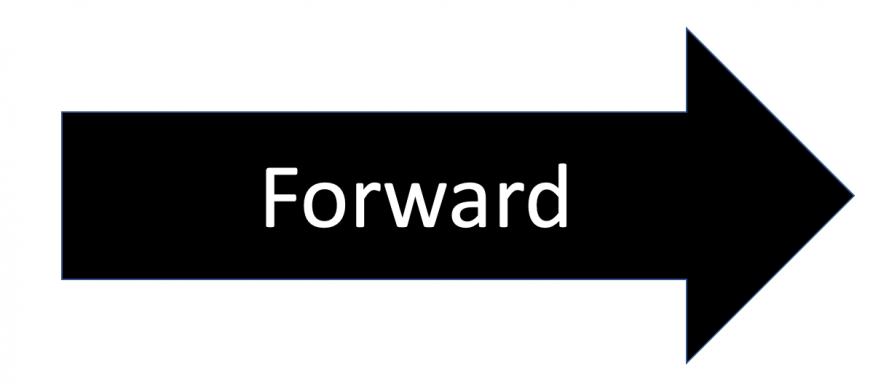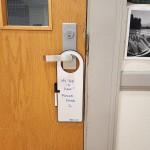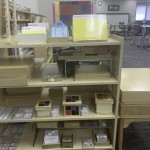I have 11 desks in my classroom and zero periods in which they are all filled. Normally, I would have 32 desks and one or two classes completely full classes. Going into 3rd Period the other day, with 10 students, I thought, “Time for my big class.” Granted, another 12 or so would join us virtually, but never before would I have imagined thinking of 10 students as being a big class. I can’t remember what my room looked like when it was full of desks and students.
But the pandemic will end. We’ll be back to full time in person instruction, and a great readjustment will take place. It won’t be easy and it’s not too early to imagine how to carrying forward four remote learning practices will benefit everyone.
A slower, gentler pace
The math department in my district met last summer to look at our curriculum. We knew teaching anything would take longer, so we streamlined our topics. Going slower over fewer topics has helped everyone. We’re more intentional with our time and mediate our teaching to fill gaps. A few weeks ago, as a quiz was approaching, I said to the 8th grade math team that I didn’t think my students had learned the material well enough. Everyone agreed, so we pushed the quiz back. That may seem like a no brainer, but in a traditional year I would put pressure on myself and my students to keep up a rapid pace. Going slower also allows for more individual remediation and higher quality enrichment. All that results in a strong foundation up which to add future content.
Asynchronous days
At my school roughly a third of our families decided to stick with full time remote learning. The rest were split into a Monday – Tuesday cohort and a Thursday – Friday cohort. On Wednesdays all classes are asynchronous. Teachers must have lessons posted before school starts that are due by 9:00 PM. Students work on them independently from home, completing their work in the order that best suits them.
Now, I’m not saying that when the pandemic ends students should stay home on Wednesdays and work independently. Rather, I’m suggesting that we have regular no bell days on site. The time could be used for targeted interventions, accommodations, make up work, enrichment, and to take care of personal off school needs like appointments. A no bell day might look something like this: Students report to 1st period for attendance and announcements. Then, they spend the day moving to where they need to be or work best, conferencing with teachers and counselors, working on projects, and the like. No doubt, there would be a lot of socializing, but that would be a good thing after the pandemic has starved so many students from interaction with their friends.
Electronic dispersal and retrieval of work
Some teachers (including the math department) have been using the various online classroom management platforms for years, but continuing to post work online and use the better virtual learning tools just makes sense. Students have 24/7 access to notes, videos, and assignments, work can be posted early for students who want to get ahead (there really are some), time and resources are saved by not copying everything on paper, and absent students can keep up easier. Additionally, providing feedback online is often quicker to complete and more immediate for students. The intention is to support what we do in-person, in a way that gives students and teachers more flexible and efficient interactions with content and with each other.
Virtual Faculty Meetings
I can’t see every faculty meeting being virtual. We need and benefit from face to face interaction and socializing as much as our students. But I think that some meeting agendas make our virtual meetings more focused, shorter, and efficient than if they were held in person.
Nobody asked for the pandemic. Necessity has demanded changes in how we deliver instruction and run our schools and classes. Many of those changes have required us to be more creative and flexible than ever. Carrying forward the best of those practices will help us make up for lost time and social well-being.










Comments 1
Thank you for this post. I appreciate your input and perspectives. I also appreciate you stepping back to search for benefits that have come out of a negative situation.